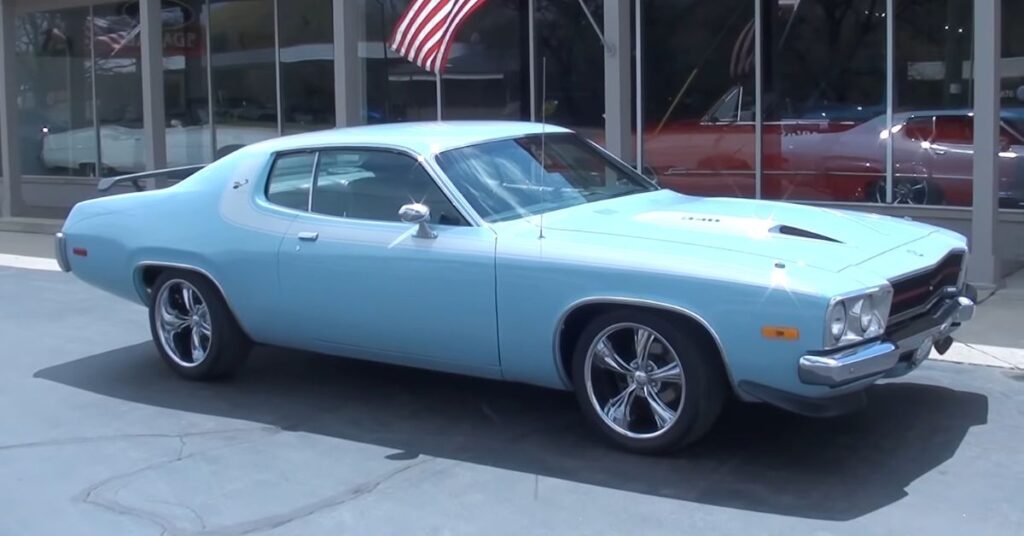The 1973 Plymouth Road Runner holds a special place in the hearts of muscle car enthusiasts. With its powerful engine, iconic design, and rich history, it continues to capture the imagination of car enthusiasts even today.
History of the Plymouth Road Runner
The Plymouth Road Runner made its debut in the late 1960s, during a time when the demand for high-performance muscle cars was skyrocketing. As automotive enthusiasts craved power and speed, Plymouth recognized the need for an affordable yet formidable option that would cater to their desires. Thus, the Road Runner was born.
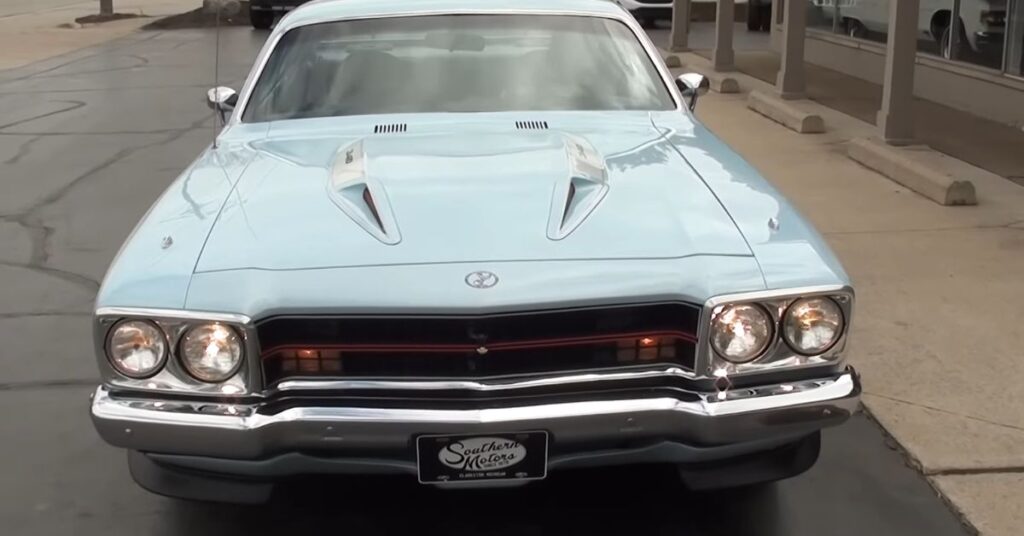
What set the Road Runner apart from its competitors was its no-nonsense approach. It prioritized delivering raw power and exhilarating performance without unnecessary frills or excessive luxury. Plymouth aimed to create a car that embodied the essence of American muscle cars—aggressive, powerful, and undeniably cool.
Design and Styling
The 1973 Road Runner exhibited a unique and unmistakable design that distinguished it from other cars of its era. Every aspect of its exterior was carefully crafted to reflect both elegance and sportiness, capturing the attention of onlookers wherever it roamed.
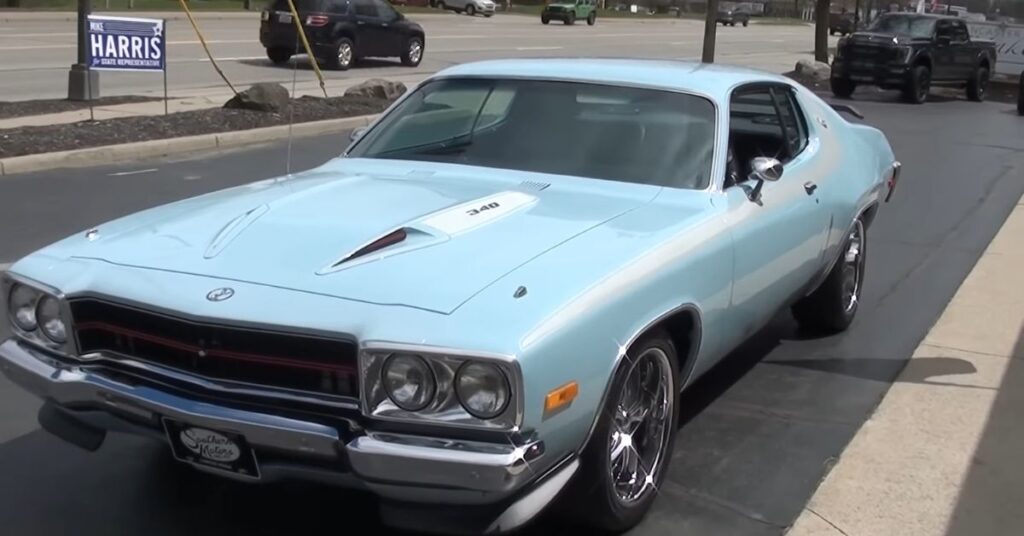
One notable feature of the 1973 Road Runner was its factory color combination, known as “blue sky.” This vibrant hue enveloped the car’s body, creating a striking visual presence. The blue sky color evoked a sense of freedom and adventure, mirroring the thrill of hitting the open road in a powerful muscle car.
Performance and Powertrain
Under the hood, the 1973 Road Runner featured a powerful matching numbers 340 cubic inch engine. While it had undergone a mild build, it still ran on pump gas, making it convenient for everyday driving. The engine modifications included a Holley 750 dual feed four-barrel carburetor, an Edelbrock air gap intake, and an Illuminati 480 lift camshaft.
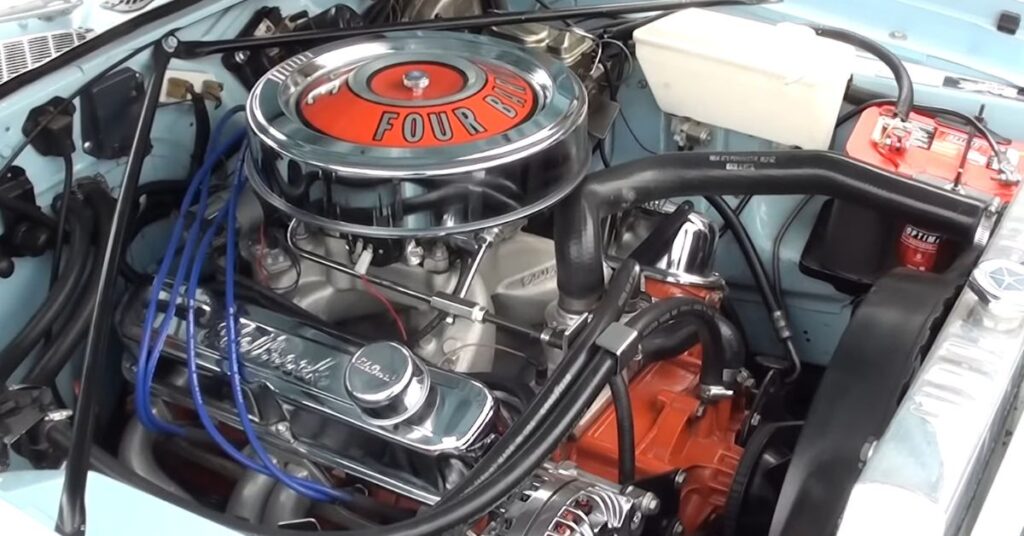
With flat-top pistons and an ATI electronic ignition, the engine delivered impressive performance. The Road Runner also boasted power steering and power front disc brakes, ensuring precise control and stopping power.
Driving Experience
Behind the wheel of the 1973 Road Runner, drivers were immersed in an exhilarating and unforgettable experience. The car’s exceptional performance and dynamic capabilities ensured that every moment spent driving was filled with excitement and joy.
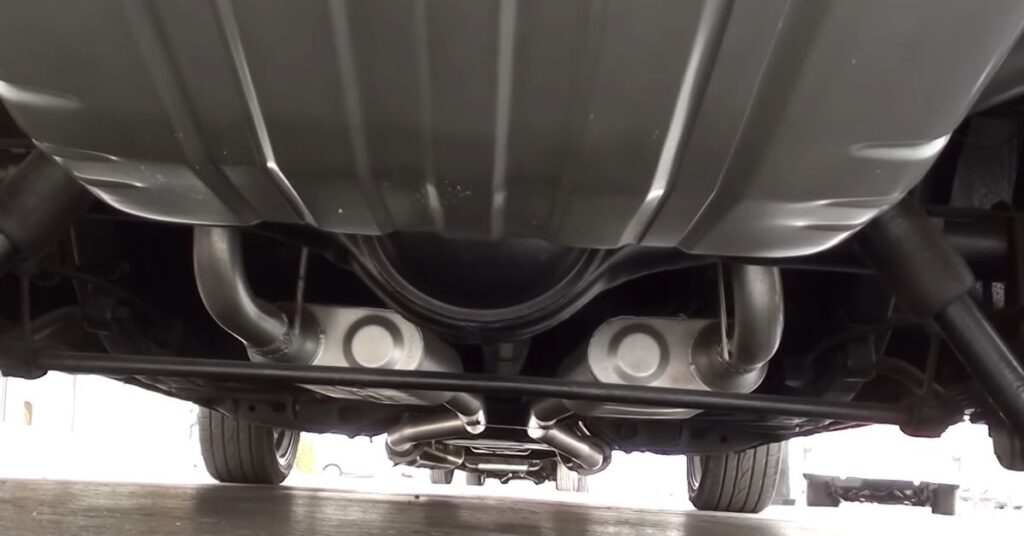
One of the key factors contributing to the Road Runner’s exhilarating driving experience was its responsive steering. The steering system was finely tuned to provide immediate feedback, allowing drivers to confidently navigate corners and maneuver through various driving conditions. Whether cruising along city streets or conquering open highways, the Road Runner’s precise steering enhanced the overall driving pleasure.
Interior Features and Comfort
Step inside the cabin of the 1973 Road Runner, and you’ll discover a well-appointed interior designed with both comfort and style in mind. Every detail was carefully considered to enhance the driving experience and create a space that exuded a sense of sportiness and sophistication.
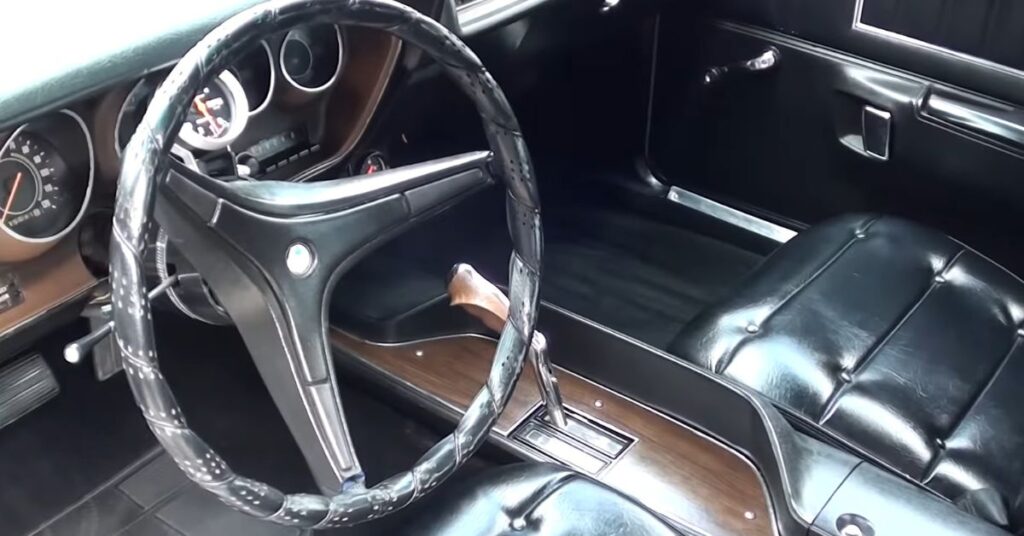
One of the standout features of the Road Runner’s interior was the bucket seats and console. These seats were designed to provide excellent support and comfort during spirited driving. The sporty contour of the seats embraced the driver and passengers, ensuring they felt securely held in place, even during sharp maneuvers. The ergonomic design of the seats reduced fatigue, allowing occupants to enjoy extended journeys without sacrificing comfort.
Ownership and Maintenance
Finding a well-preserved and maintained 1973 Road Runner can be an incredibly rewarding experience for car enthusiasts and collectors alike. As a vintage vehicle, the Road Runner holds both historical and sentimental value, making it essential to prioritize regular maintenance and care to preserve its condition and ensure its longevity.
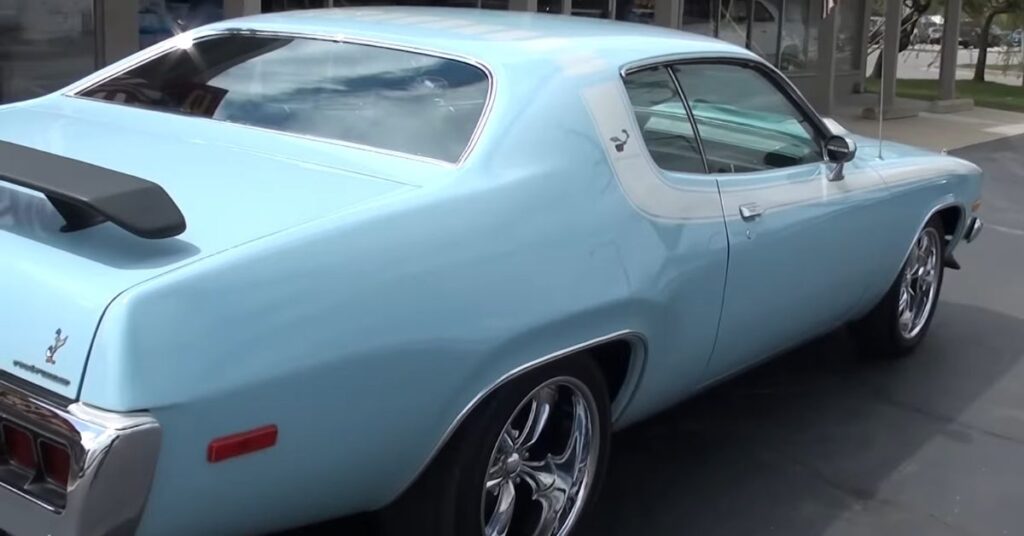
One of the key factors in maintaining a 1973 Road Runner is to be vigilant about rust prevention. Due to the age of the vehicle, rust can become a concern, particularly in areas exposed to moisture and road salt. Regular inspections, especially in vulnerable areas such as the undercarriage and wheel wells, can help identify any signs of rust early on. Addressing rust issues promptly is crucial to prevent further damage and preserve the structural integrity of the car.
Conclusion
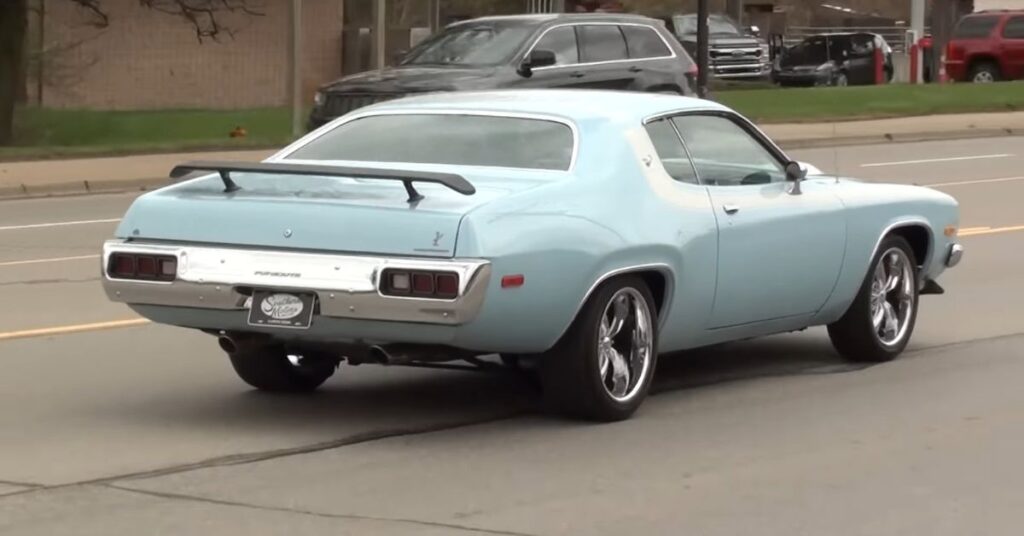
The 1973 Plymouth Road Runner is a timeless classic that embodies the spirit of American muscle cars. Its powerful engine, iconic design, and thrilling driving experience make it a coveted gem among car enthusiasts. Whether you’re an avid collector or a passionate admirer of automotive history, exploring and experiencing the 1973 Road Runner is sure to ignite your love for classic muscle cars. So, buckle up and embark on a journey back in time with this exceptional piece of automotive engineering.

